Separating Fact from Folklore – Truths and Tales of Ancient Healing
“In my grandmother’s world, they spoke of an ancient ritual that could cure any ailment. As a child, I listened, wide-eyed, to tales of mystical herbs and moonlit ceremonies.
I decided to research the truth. What I found was a blend of startling facts and enchanting myths.
Today, I’ll take you through these rituals, revealing which elements could benefit your health and belong in storybooks.
Get ready to explore a world where ancient wisdom can offer tangible, modern health benefits rooted in time-honored practices.”
Journey Through Time – Ancient Healing Rituals Under the Spotlight
Ancient Healing Traditions Unearthed – Separating Fact from Fiction
Are you curious about ancient healing rituals and their effectiveness?
Do you wonder if these practices are based on fact or fiction?
Exploring traditional healing methods can be a fascinating journey into the past and provide insight into our ancestors’ health and well-being.
Throughout history, cultures around the world have developed unique healing rituals to treat a variety of ailments.
These practices often involve a combination of physical, mental, and spiritual techniques that are passed down from generation to generation.
While some of these rituals have been scientifically proven effective, others remain shrouded in mystery and debate.
This article will explore the world of ancient healing rituals and examine the truth behind their claims.
From Ayurveda to purification rituals, we will examine the practices used for centuries to promote health and well-being.
Join us on this journey of discovery as we separate fact from fiction and explore the fascinating world of traditional healing.
The Roots of Healing: Ancient Traditions
Throughout history, cultures have developed healing practices to promote physical, mental, and spiritual well-being.
These ancient traditions have stood the test of time and continue to influence modern medicine and alternative therapies.
This section will explore some of the most significant ancient healing practices that have survived.
Mesopotamian Practices
Ancient Mesopotamia, present-day Iraq, was home to some of the earliest recorded healing practices.
The Sumerians and Akkadians believed that illness was caused by evil spirits and demons and used incantations, amulets, and talismans to ward them off.
They also used herbal remedies, such as opium and myrrh, to alleviate pain and promote healing.
Ayurveda and Holistic Approaches
Ayurveda originated in ancient India and is one of the oldest holistic healing systems.
It emphasizes the interconnectedness of the mind, body, and spirit and seeks to restore balance and harmony through diet, exercise, and natural remedies.
Ayurvedic practitioners use herbs, oils, and spices to treat various ailments and promote overall well-being.
Holistic approaches to healing also date back to ancient times.
These practices recognize that physical, emotional, and spiritual health are interconnected and seek to treat the whole person rather than just the symptoms of illness.
H2 Holistic therapies, such as acupuncture, massage, and meditation, have become increasingly popular in recent years.
Traditional Chinese Medicine
Traditional Chinese Medicine (TCM) is another ancient healing system used for thousands of years.
Based on the concept of qi, or life force energy, which flows through the body along meridian channels.
TCM practitioners use acupuncture, herbal medicine, and other therapies to balance the flow of qi and promote health and well-being.
In conclusion, ancient healing practices have played a significant role in developing modern medicine and alternative therapies.
By exploring these traditions, we can better understand the interconnectedness of the mind, body, and spirit and the importance of promoting overall well-being.
Mind-Body-Spirit Connection
Ancient healing rituals often revolve around the concept of the mind-body-spirit connection.
This holistic approach to wellness recognizes that the mind, body, and spirit are interconnected and that overall wellness depends on the balance between these three entities.
Mindfulness and Meditation
For centuries, Mindfulness and meditation have been used to promote relaxation, reduce stress, and improve overall well-being.
These practices involve focusing on the present moment, letting go of distracting thoughts, and cultivating a sense of calm and relaxation.
Research supports the effectiveness of Mindfulness and meditation in reducing stress, improving mental health, and even boosting the immune system [1].
Regular Mindfulness and meditation can improve well-being and promote a healthy mind-body-spirit connection.
Spiritual Healing and Rituals
Spiritual healing and rituals are also an essential part of ancient healing traditions. These practices involve connecting with a higher power or spiritual energy to promote healing and well-being.
Whether through prayer, meditation, or other spiritual practices, these rituals can help you feel more connected to something greater than yourself.
This connection can provide comfort and support during difficult times and promote well-being.
While the effectiveness of spiritual healing and rituals is not always supported by scientific research, many people find these practices to be a valuable part of their overall wellness routine.
Incorporating Mindfulness, meditation, and spiritual practices into your daily routine can help promote a healthy mind-body-spirit connection and improve your overall well-being.
[1] Exploring the Mind-Body Connection Through Research. (https://positivepsychology.com/mind-body-connection/)
Deciphering Healing Myths from Facts
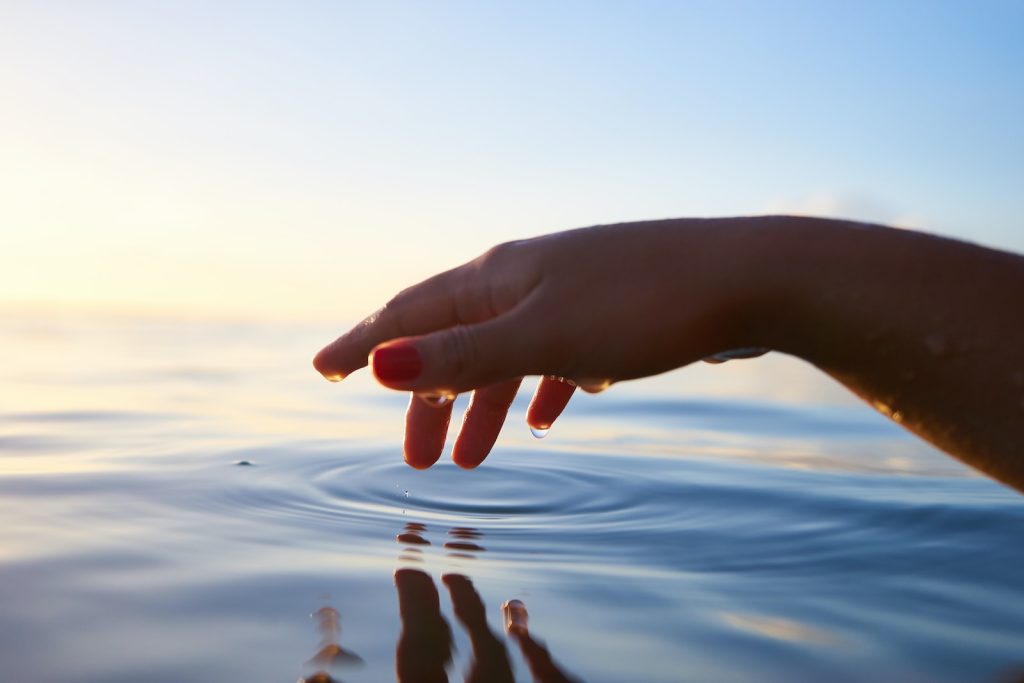
From Antiquity to Clarity: Examining Ancient Healing Rituals for Authentic Insights. Photo by Yoann Boyer
Many myths and misconceptions have been passed down through the years in ancient healing practices.
However, it is essential to separate fact from fiction to understand these methods’ effectiveness truly.
This section will explore some common myths surrounding ancient healing practices and decipher them from the facts.
Placebo Effects and Self-Regulation
One common myth surrounding ancient healing practices is that they only work due to the placebo effect.
However, research has shown that the placebo effect is a natural phenomenon that can have a powerful impact on healing.
The placebo effect is often used as a control in clinical trials to determine the effectiveness of a treatment.
While the placebo effect may play a role in the effectiveness of some healing practices, it is not the only factor at play.
Many ancient healing practices, such as Ayurveda and Traditional Chinese Medicine, have been used for centuries and have a long history of success.
These practices often focus on balancing the body’s natural energy and promoting self-regulation, positively impacting overall health.
Modern Interpretations of Ancient Methods
Another myth surrounding ancient healing practices is that they are outdated and no longer relevant in modern medicine.
However, many modern medical practices are based on ancient healing methods.
For example, acupuncture originated in China thousands of years ago and is now widely used in Western medicine to treat various conditions.
Many modern medical practices, such as meditation and Mindfulness, have roots in ancient healing practices.
These practices have been shown to impact mental health positively and can be used with other medical treatments to promote overall wellness.
In conclusion, while many myths and misconceptions surround ancient healing practices, it is essential to separate fact from fiction to truly understand their effectiveness.
Focusing on self-regulation and balancing the body’s natural energy, these practices can positively impact overall health.
And while some practices may have been adapted for modern medicine, their roots in ancient healing methods should not be overlooked.
The Impacts of Healing on Health Conditions
Regarding health conditions, ancient healing rituals have been known to relieve chronic pain and stress and strengthen the immune system to prevent diseases.
Here are some of how traditional healing practices can impact your health:
Chronic Pain and Stress Relief
Chronic pain and stress can be debilitating and negatively affect your quality of life.
However, many ancient healing practices have been found to provide relief from these conditions.
For example, acupuncture, a traditional Chinese medicine practice, involves the insertion of needles into specific points on the body to stimulate the nervous system and release natural painkillers.
Similarly, massage therapy, which has been used in many cultures throughout history, can help reduce muscle tension and promote relaxation.
Immune System and Disease Prevention
The immune system is responsible for protecting the body against diseases. Ancient healing practices can help strengthen the immune system, thereby preventing diseases.
For instance, Ayurveda, an ancient Indian system of medicine, emphasizes the use of herbs and spices to boost the immune system and promote overall health.
Similarly, traditional Chinese medicine incorporates herbs and acupuncture to strengthen the immune system and prevent diseases.
Overall, ancient healing rituals can have a positive impact on your health.
While they may not be a substitute for modern medicine, they can be used in conjunction with it to provide relief from various health conditions.
By incorporating these practices into your daily routine, you can experience the benefits of traditional healing and improve your overall well-being.
The Role of Natural Elements in Healing
Ancient healing rituals often incorporate natural elements such as herbs, water, and heat to promote wellness and healing.
These remedies and practices have been passed down for generations and are used today.
Herbal Remedies and Medicinal Properties
Herbal remedies have been used for thousands of years to treat various ailments.
Many herbs contain medicinal properties that can help alleviate symptoms and promote healing.
For example, chamomile is known for its calming properties and can help reduce stress and anxiety.
Ginger is a natural anti-inflammatory and can help alleviate nausea and muscle pain.
When using herbal remedies, it’s essential to use fresh, seasonal ingredients and to follow proper preparation methods.
Some herbs can interact with medications or cause allergic reactions, so talking to your healthcare provider before using new remedies is essential.
Water Therapies and Saunas
Water therapies have been used for centuries to promote healing and relaxation. For example, onsens, or hot springs, are a popular form of therapy in Japan.
The natural mineral-rich waters are believed to have healing properties and can help alleviate symptoms such as joint pain and skin conditions.
Saunas are another popular form of water therapy. The heat and humidity can help promote relaxation and detoxification.
Regular sauna use has been linked to a reduced risk of cardiovascular disease and improved skin health.
Staying hydrated and avoiding staying in the water for too long is essential when using water therapies.
It’s also essential to follow proper hygiene practices to prevent the spread of bacteria or infections.
Incorporating natural elements into your wellness routine can promote healing and improve overall health and well-being.
Talk to your healthcare provider before trying new remedies or therapies.
Cultural and Spiritual Significance
Healing ceremonies have been a part of human culture for thousands of years.
Across cultures, these ceremonies have taken on various forms, but they all share the goal of restoring health and wellness to the individual.
Healing Ceremonies Across Cultures
Many cultures have their unique healing ceremonies that have been passed down through generations.
These ceremonies are often deeply rooted in tradition and cultural diversity. For example, Native Americans have long used sweat lodges to cleanse the body and mind.
During a sweat lodge ceremony, participants sit in a small, enclosed space and are exposed to heat and steam. It is believed to purify the body and promote healing.
In Africa, traditional healers use herbs and other natural remedies to treat illnesses. These healers often deeply understand the plants and their medicinal properties.
They may also incorporate music and dance into their healing ceremonies, believing these activities can promote healing and spiritual experiences.
Religious Experiences and Healing
Religious experiences are also closely tied to healing in many cultures.
For example, Christianity often uses prayer and faith healing to promote physical and spiritual healing.
Similarly, in Hinduism, yoga and meditation promote physical and spiritual wellness.
However, it is essential to note that the forced assimilation of indigenous peoples has often resulted in the suppression of traditional healing practices.
Native Americans, for example, were often forced to abandon their traditional healing practices and adopt Western medicine.
It has profoundly impacted the cultural and spiritual significance of these healing practices.
In conclusion, healing ceremonies have influenced human culture for thousands of years.
These ceremonies are deeply rooted in tradition and cultural diversity and often incorporate religious and spiritual experiences.
However, the forced assimilation of indigenous peoples has had a profound impact on these practices, highlighting the need for greater understanding and respect for cultural diversity.
Integrating Ancient Wisdom with Modern Healthcare
As modern medicine continues to evolve, more and more people are turning to complementary medicine and holistic health practices to supplement their treatment plans.
Patients can be more active in their health and well-being by integrating ancient wisdom with modern healthcare.
Complementary Medicine
Complementary medicine is a term used to describe a wide range of healing practices used in conjunction with Western medicine.
These practices include everything from acupuncture and massage therapy to herbal medicine and meditation.
While some people may view complementary medicine as an alternative to Western medicine, it is essential to note that these practices complement traditional medical treatments, not replace them.
When used appropriately, complementary medicine can be a powerful tool in promoting overall health and wellness.
For example, acupuncture is effective in treating chronic pain, while massage therapy can help reduce stress and anxiety.
By incorporating these practices into their treatment plans, patients can take a more holistic approach to their health and well-being.
Doctor-Patient Relationship Evolution
Another critical aspect of integrating ancient wisdom with modern healthcare is the evolution of the doctor-patient relationship.
In the past, doctors were often viewed as the ultimate authority on a patient’s health.
However, as more and more patients turn to complementary medicine and holistic health practices, the doctor-patient relationship has become more collaborative.
Many doctors are open to discussing complementary medicine and holistic health practices with their patients today.
By working together, doctors and patients can develop treatment plans that consider the patient’s overall health and well-being, as well as their specific medical needs.
In conclusion, by integrating ancient wisdom with modern healthcare, patients can be more active in their health and well-being.
Whether through complementary medicine or a more collaborative doctor-patient relationship, there are many ways to incorporate these practices into traditional medical treatments.
Patients can achieve a more holistic approach to their health and well-being.
Frequently Asked Questions
What are some everyday ancient healing rituals still practiced today?
Many ancient healing rituals are still practiced today.
Some examples include acupuncture, herbal medicine, meditation, and yoga. These practices have been used for centuries to promote physical and mental health and are still popular today.
How can traditional healing practices be researched respectfully?
When researching traditional healing practices, it is essential to approach the subject with respect and sensitivity.
Researchers should work closely with community members to ensure their research is culturally appropriate and their methods respect local beliefs and customs.
It is also essential to obtain informed consent from participants and protect their privacy and confidentiality.
At what point in symbolic healing rituals is the sand painting destroyed, and why?
In Navajo healing rituals, sand paintings are created as part of the healing process.
The sand painting is destroyed at the end of the ritual, usually by being swept away.
It is done to symbolize the impermanence of life and to release the healing power of the painting back into the universe.
In what ways do healing rituals contribute to psychological well-being?
Healing rituals can contribute to psychological well-being in some ways.
They can provide community and social support, promote relaxation and stress reduction, and help individuals connect with their spiritual beliefs and values. T
hey can also provide a sense of meaning and purpose, essential for overall well-being.
Can you explain how ritual symbolism may enhance the effectiveness of placebos?
Ritual symbolism can enhance the effectiveness of placebos by creating a sense of expectation and belief in the healing power of the treatment.
When individuals participate in a healing ritual, they may experience a sense of awe and wonder, which can enhance their belief in the effectiveness of the treatment.
It can lead to a placebo effect, where the individual experiences a real improvement in their symptoms, even though the treatment may have no therapeutic value.
What are notable examples of spiritual cultures that utilize healing rituals?
Many spiritual cultures utilize healing rituals.
Some notable examples include Native American healing practices, Chinese medicine,
Ayurveda and shamanic healing practices. These practices have been used for centuries to promote physical and mental health and are still popular today.
Wrap Up
“Exploring Ancient Healing Rituals: Fact vs. Fiction” takes readers on a captivating journey through time and tradition, delving into the intriguing world of age-old healing practices.
In this enlightening exploration, we navigate the intricate web of historical rituals, separating the truths from the myths that have enshrouded them for centuries.
Throughout the article, we meticulously uncover the origins and philosophies behind various ancient healing traditions, shedding light on their enduring relevance and effectiveness in modern times.
From Ayurveda’s holistic approach to Chinese acupuncture’s intricate meridian system, each practice is dissected critically, offering readers a deeper understanding of their underlying principles.
Furthermore, we delve into the scientific evidence that supports these ancient practices, revealing how they continue to influence contemporary medicine and wellness.
Whether you’re a skeptic or a believer,
“Exploring Ancient Healing Rituals: Fact vs. Fiction” invites you to seek knowledge and authenticity, ultimately redefining your perspective on age-old healing wisdom.
Call to Action: 🌿 Ready to uncover the truth behind ancient healing rituals? Join us on today’s enlightening journey and embrace the wisdom of the ages. Discover the secrets of holistic wellness and unlock a world of vitality. Dive in now!
P. S. 🔍 Want to delve even deeper into the mysteries of ancient healing? Explore our comprehensive articles, where you’ll find in-depth insights, expert interviews, and practical tips. Don’t miss this opportunity to expand your knowledge and transform your well-being. Start your journey today!
Elizabeth Redd: I am a passionate advocate for Health and Healing, dedicated to empowering individuals to live their best lives.
As the founder and publisher of Health and Healing, I have established myself as a guiding force in the wellness industry.
I am committed to providing the latest research, holistic approaches, and inspiring stories to open new possibilities for your health and healing journey.
Learn more about Elizabeth and Join Us at Health and Healing. Also, check out My About Page.

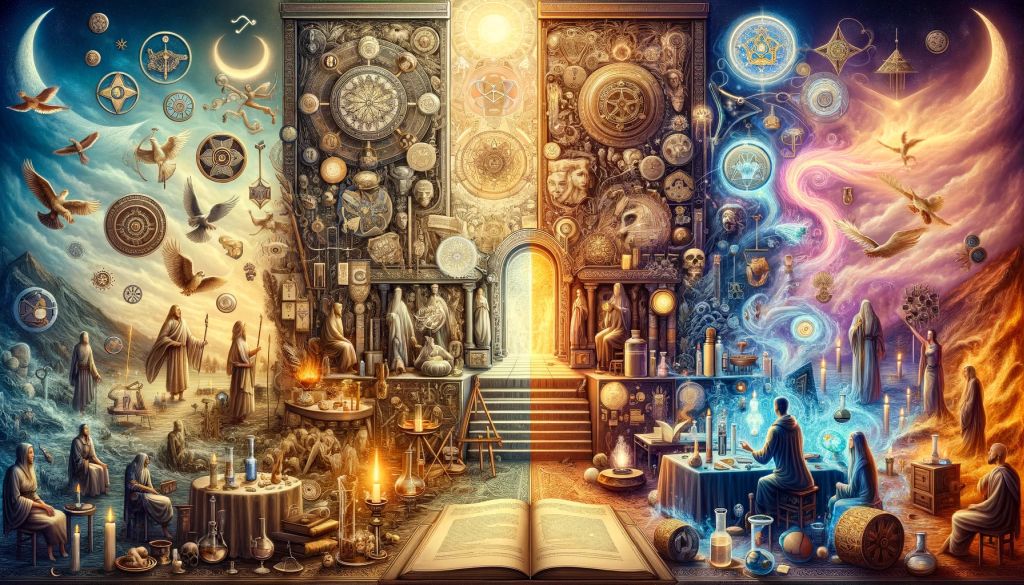
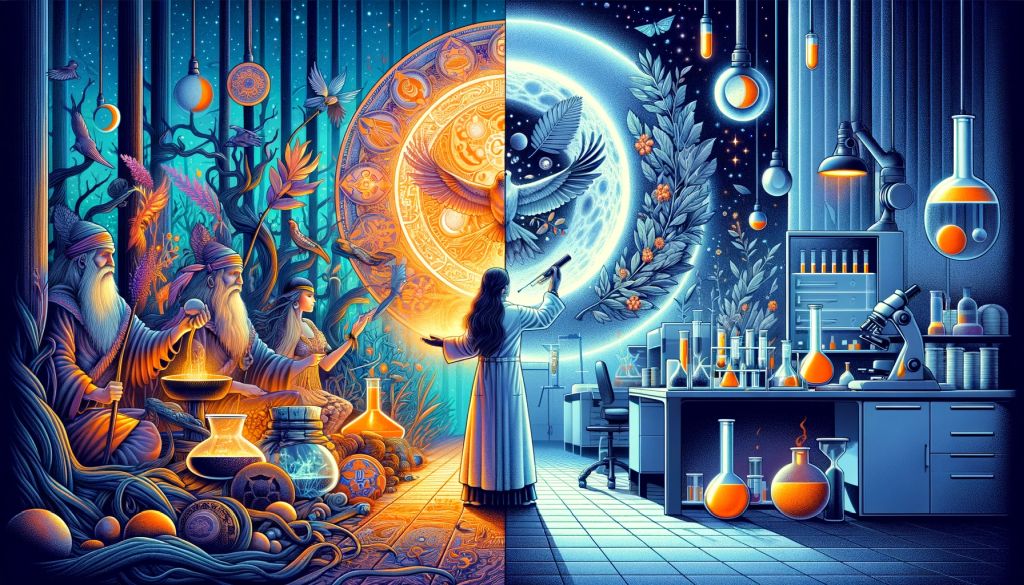

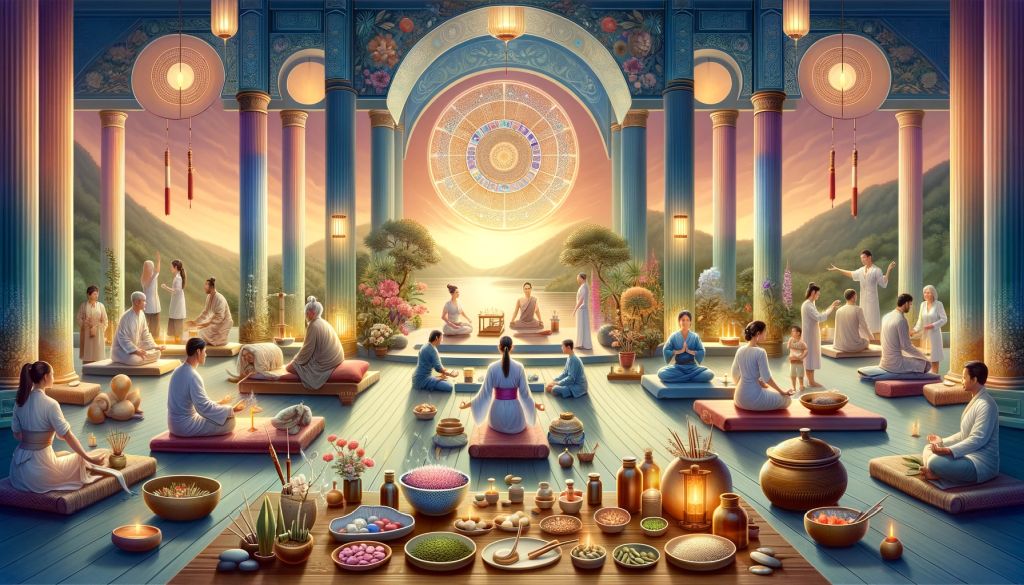
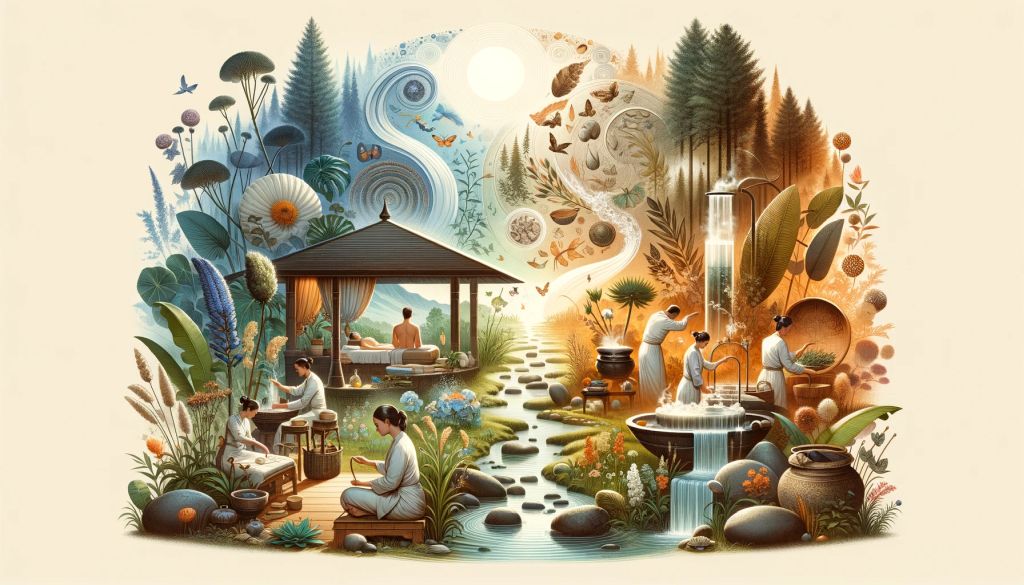
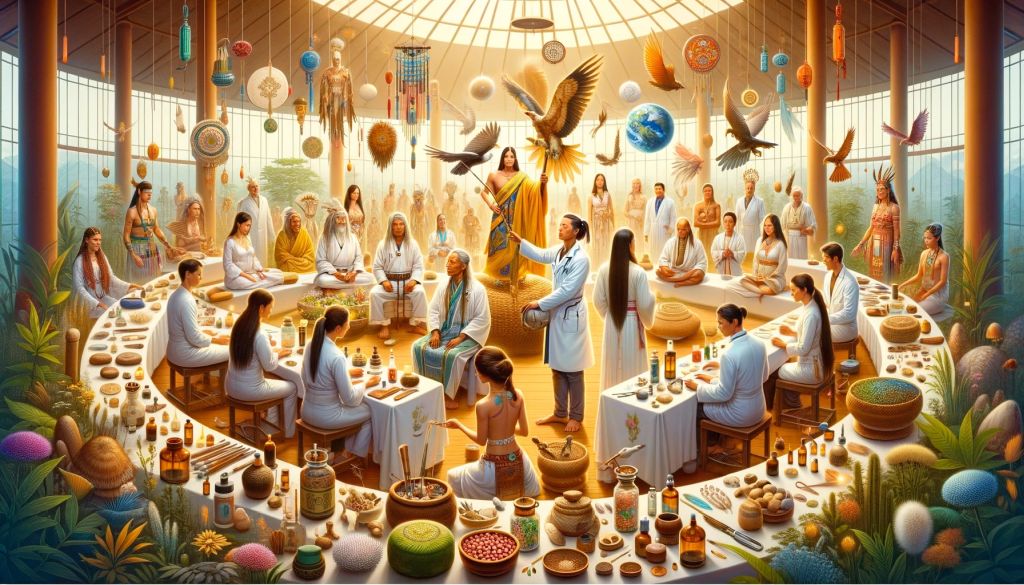

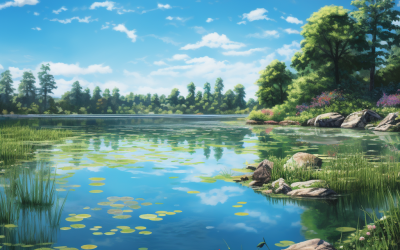

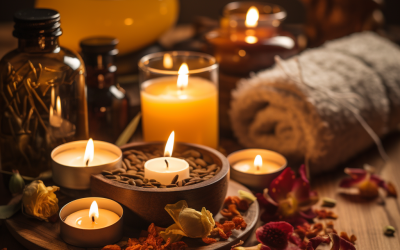
0 Comments